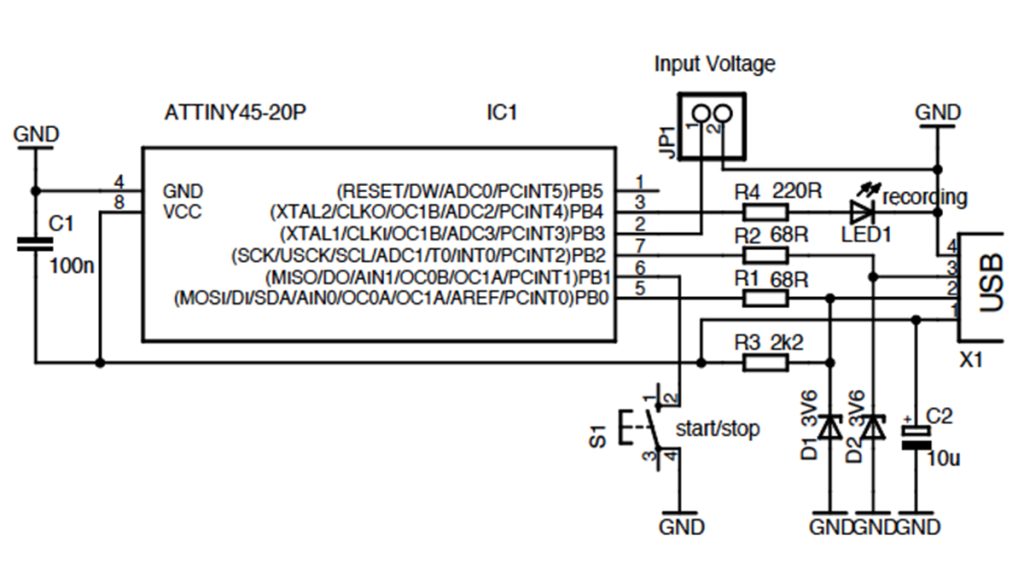Open Source USB AVR Programmer for Students and Hobbyists using Atmega8 microcontroller
If you cannot afford to buy a USB programmer for AVR, don’t worry, you can make one by yourself. This programmer uses a Atmega8 microcontroller with a few external passive components. The good thing is you don’t need any USB controller because it is implemented in the firmware inside Atmega8. Yes, you are right, you […]
Open Source USB AVR Programmer for Students and Hobbyists using Atmega8 microcontroller Read More »

